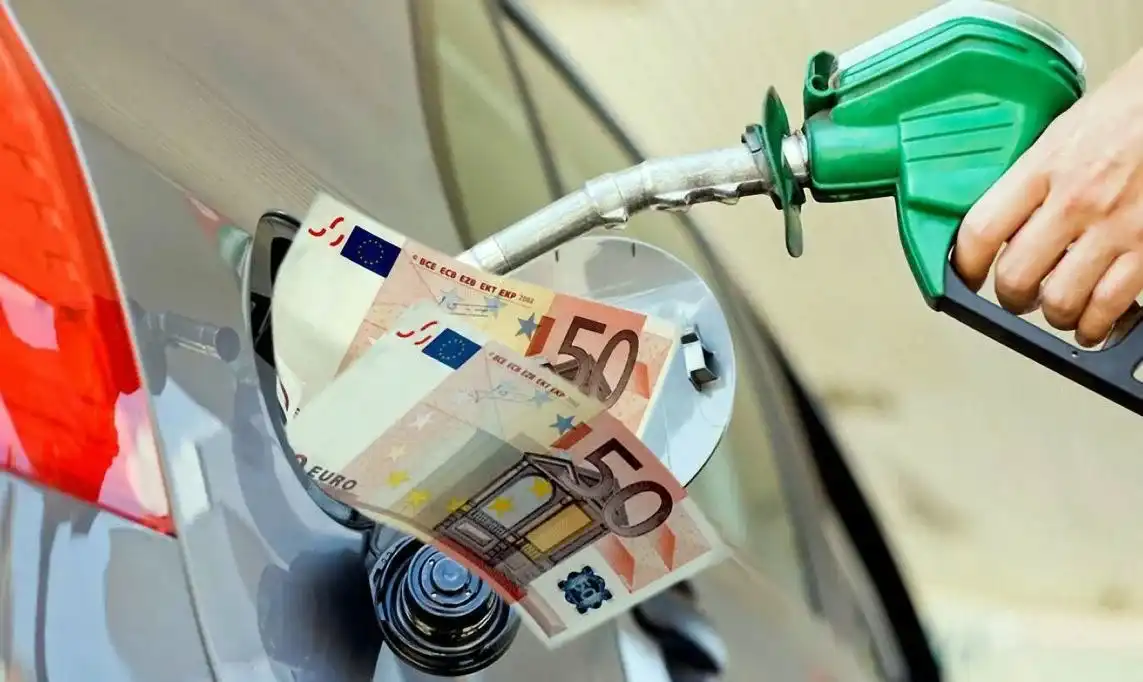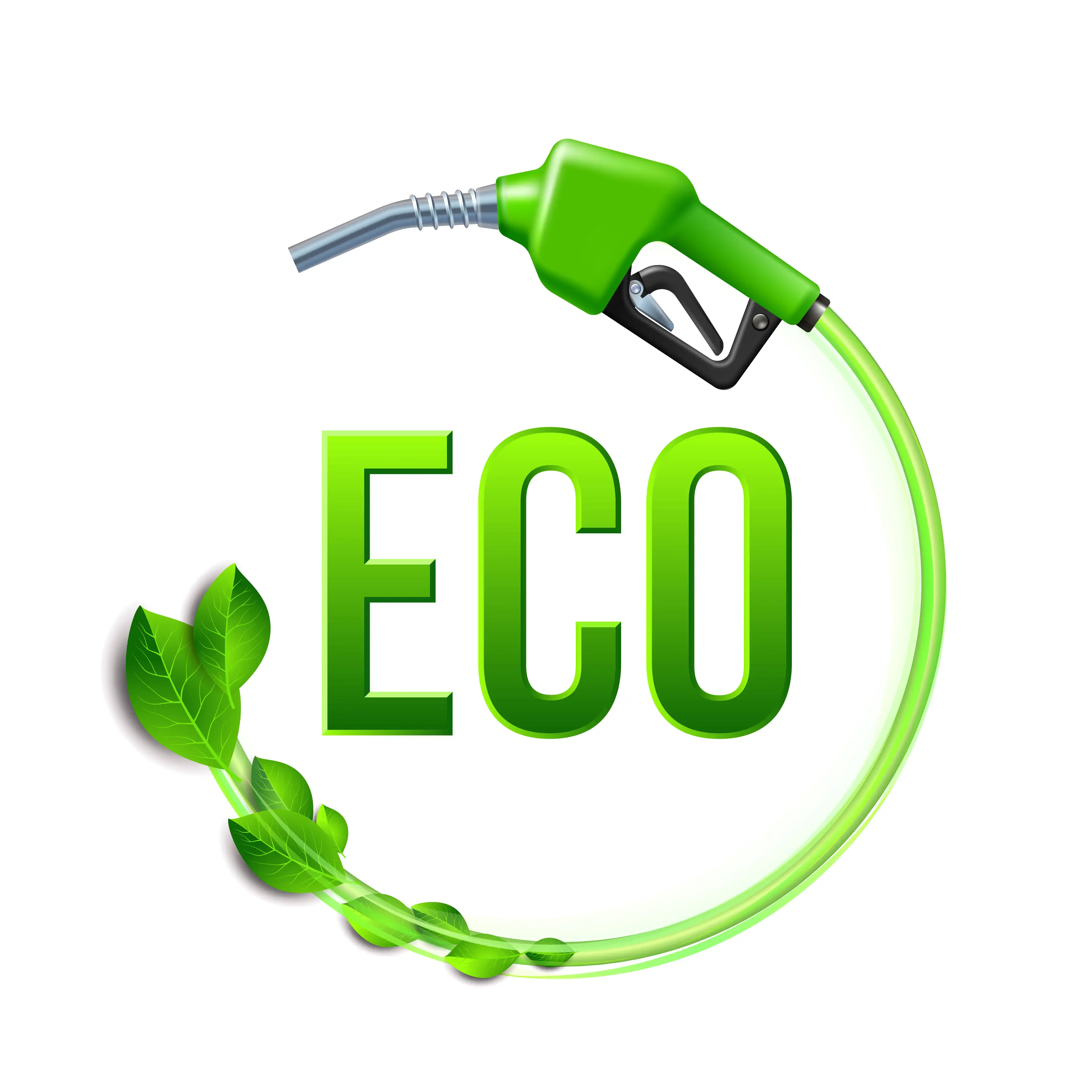ECO TUNING: FUEL EFFİCİENCY REDEFİNED
Eco-tuning has gained popularity as a method to enhance a vehicle's performance while simultaneously reducing fuel consumption and emissions. By making precise adjustments to the engine's control unit, eco-tuning optimizes fuel delivery, ignition timing, and air-to-fuel ratios.
The goal is to make the engine run more efficiently, which can result in improved fuel economy and lower CO2 emissions, making it an eco-friendly solution for car owners looking to reduce their carbon footprint.
MORE POLLUTION AFTER TUNING?
One common concern with tuning is the potential for increased pollution. If the tuning process solely concentrates on performance gains without taking emissions into account, this can occur.
However, eco tuning specifically aims to balance performance and environmental impact. Proper eco tuning reduces unnecessary fuel consumption and helps the engine burn fuel more completely, thus reducing the levels of harmful exhaust gases like CO2 and NOx.
ECO TUNING - HOW TO BECOME MORE FUEL EFFICIENT
Eco-tuning optimizes fuel usage by making adjustments to the engine's management system. This includes altering the air-to-fuel mixture to ensure that the engine uses the exact amount of fuel it needs rather than wasting excess.
We make timing adjustments to inject fuel into the engine at the most efficient point during the combustion cycle. The result is better fuel economy without sacrificing too much in terms of power output.
MORE POWER = MORE FUEL
It's a common misconception that increasing a vehicle's power output automatically means higher fuel consumption. While it's true that increasing engine power generally requires more fuel, eco-tuning aims to balance torque and efficiency. This means that while a vehicle’s performance can improve, it won't necessarily lead to excessive fuel consumption.
In fact, eco tuning focuses on optimizing the power delivery in a way that reduces fuel usage during normal driving conditions. Eco tuning only uses power when necessary, such as during acceleration, and maintains fuel efficiency while cruising.
THE ROLE OF RPM LIMITATION IN ECO TUNING
RPM (revolutions per minute) limitation plays a critical role in eco-tuning. By limiting the maximum RPM a vehicle can achieve, eco tuning ensures that the engine operates within an efficient range. Running the engine at higher RPMs burns more fuel and produces more emissions, so limiting the RPMs helps conserve gasoline and reduces wear on the engine.
Lower RPMs also lead to a quieter, smoother driving experience, making eco-tuning beneficial for both fuel economy and overall vehicle longevity.
LEAN BURN MIXTURE FOR BETTER FUEL EFFICIENCY
In a lean burn mixture, the fuel-air ratio is lower than in a standard combustion process. Eco tuning can adjust the engine’s control system to utilize a leaner mixture under certain driving conditions.
This lean burn strategy enhances fuel efficiency by allowing the engine to operate with less fuel. It’s important to find the right balance, as running too lean can cause engine knocking or increase NOx emissions.
HOW TO TUNE MORE ECONOMICALLY
● ECO tuning involves adjusting vehicles to improve fuel efficiency.
● More power in a vehicle necessitates more fuel.
● Limiting RPMs helps reduce fuel consumption.
● Optimize air-to-fuel ratios


